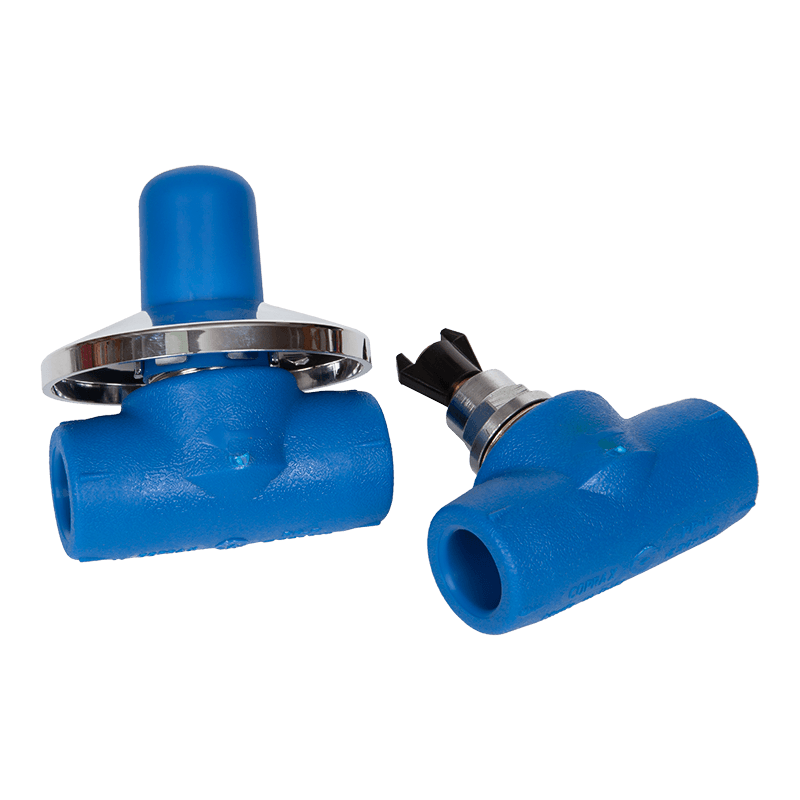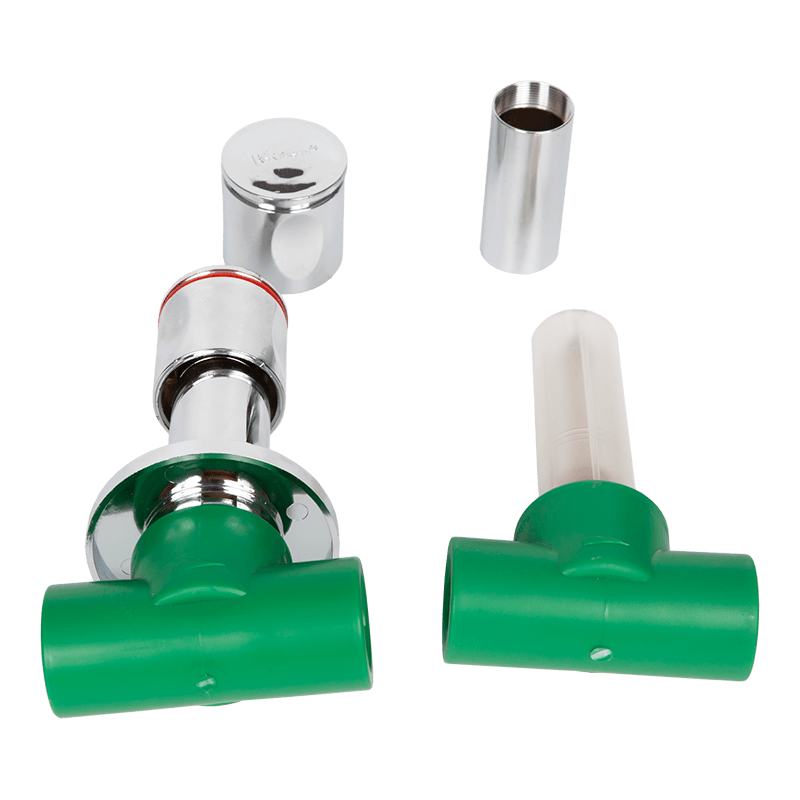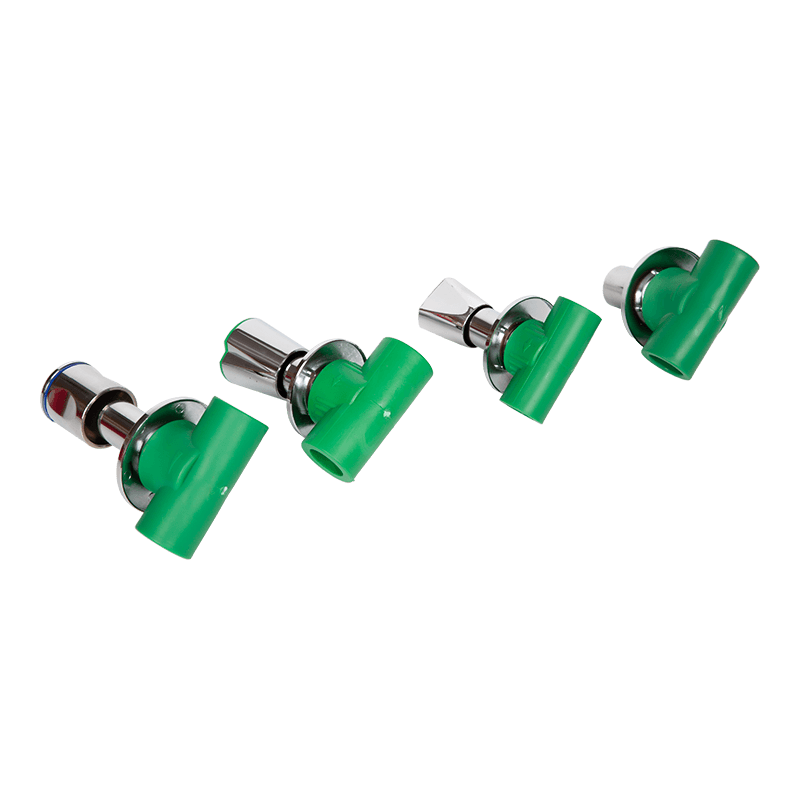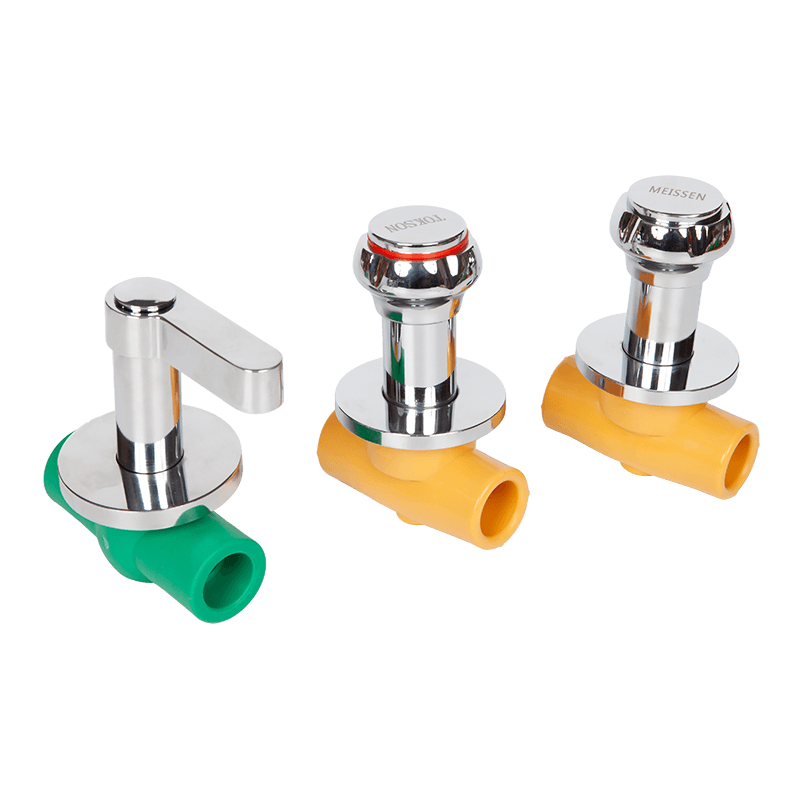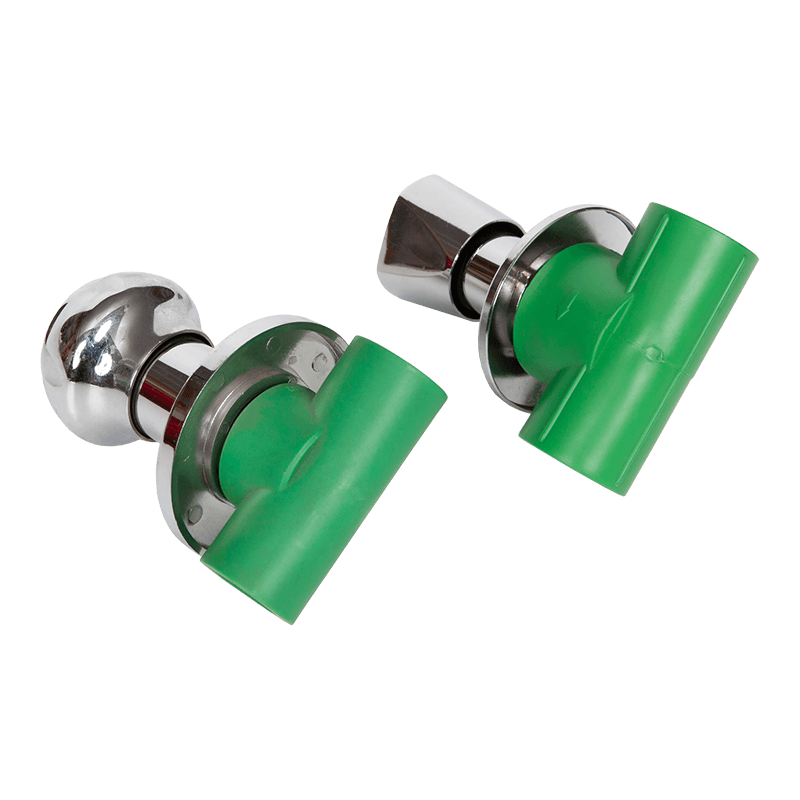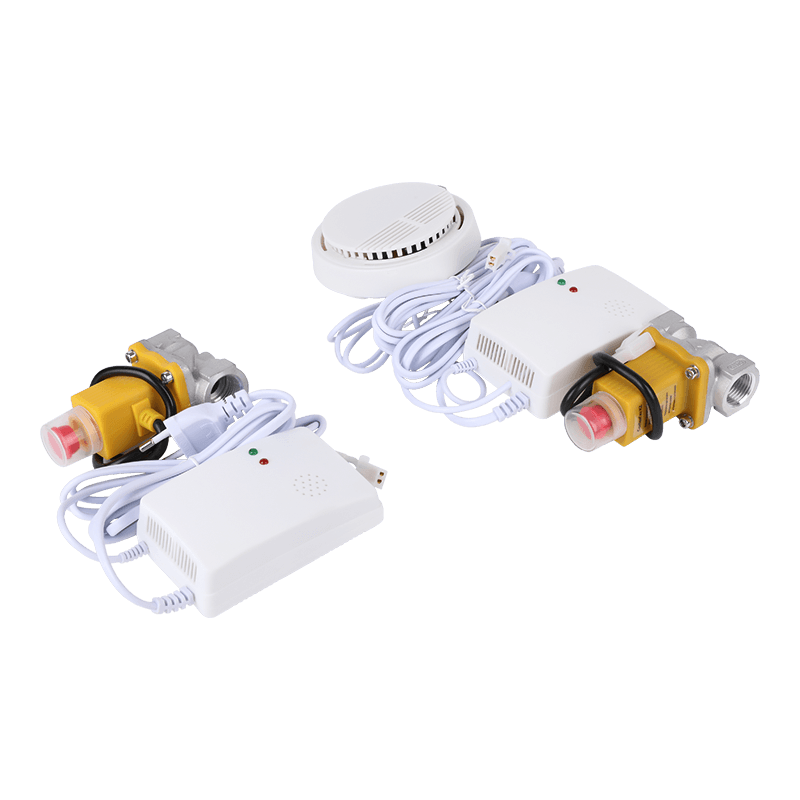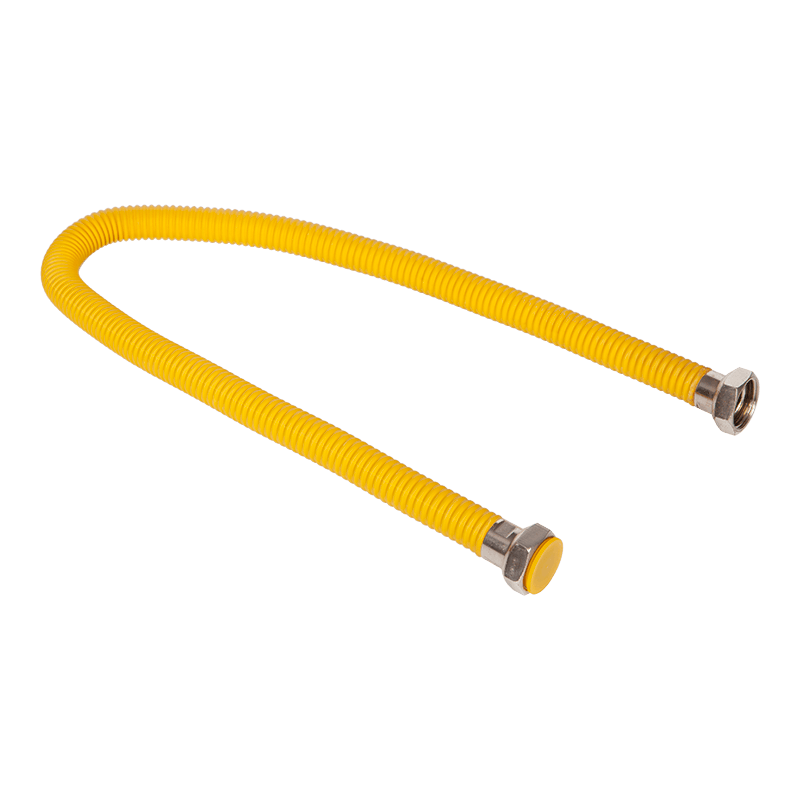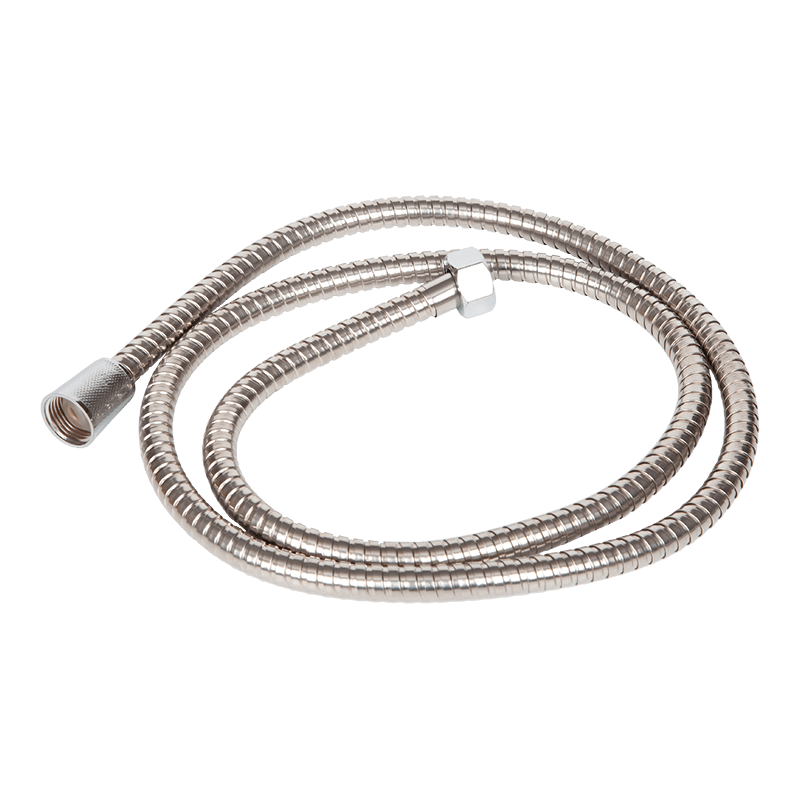Definition and Basic Structural Differences between Corrugated pipes and Ordinary Hoses
Corrugated pipes are flexible pipe fittings made of metal or polymer materials with a corrugated structure. They are primarily used in piping systems to compensate for thermal expansion and contraction, reduce vibration, and provide connections. The corrugated design imparts good elasticity and flexibility, while also enabling them to withstand certain pressure and temperature fluctuations. Ordinary hoses, often made of flexible materials such as rubber and plastic, have simpler structures and typically lack noticeable corrugations. They are primarily used to transport low-pressure fluids and meet general flexible connection requirements. Significant differences exist between the two in design concepts, load-bearing capacity, and application scope, resulting in distinct usage scenarios and performance.
Different Material Compositions and Their Impact on Performance
Corrugated pipes are commonly made of materials such as stainless steel, nickel alloys, and polytetrafluoroethylene (PTFE). These materials offer high resistance to heat, pressure, and corrosion, making them suitable for use in complex working conditions. Ordinary hoses are typically made of materials such as rubber, PVC, and polyurethane. While flexible and cost-effective, they have limited heat and pressure resistance and are susceptible to degradation or damage due to environmental and media influences. Different materials determine their service life and applicable environments. Corrugated pipes can withstand more stringent operating conditions, while standard hoses are suitable for general low-pressure and low-temperature applications.
Structural Design and Its Impact on Flexibility and Pressure Resistance
Corrugated pipes achieve flexibility and a certain degree of pressure resistance through their corrugated structure. The corrugations absorb pipe movement and vibration, preventing damage from thermal expansion and contraction or mechanical forces. Their structure allows them to maintain excellent mechanical properties during bending, tension, and compression. Standard hoses have a simpler structure, relying primarily on the elasticity of the material for flexibility, but their pressure resistance is weak and they are not suitable for high-pressure environments. The depth and number of corrugations in corrugated pipes directly affect their flexibility and pressure resistance. Standard hoses often achieve improved performance by increasing the material thickness.
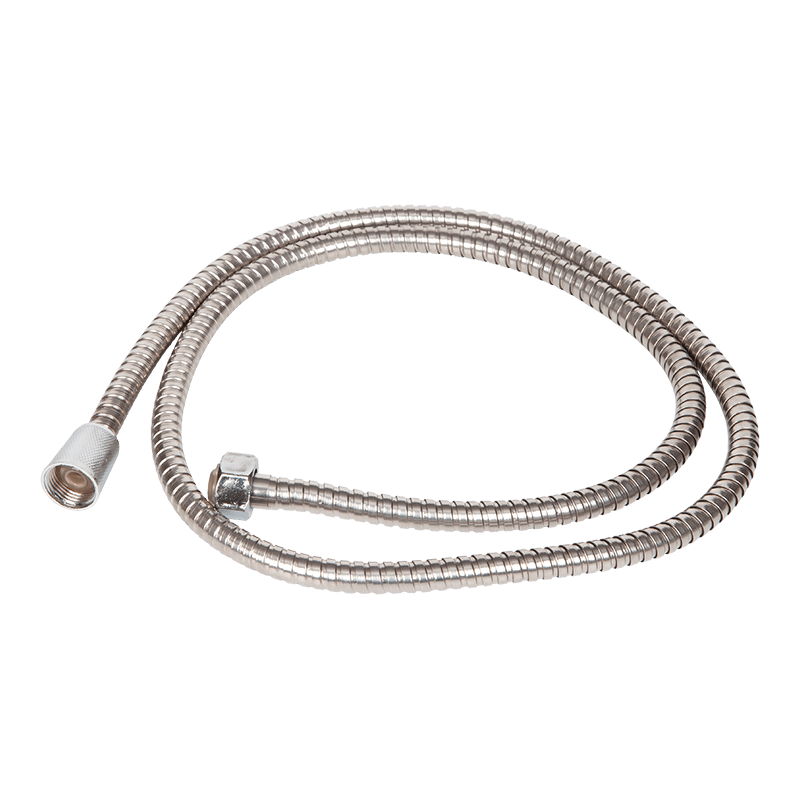
Differences in Applicable Operating Conditions and Service Life
Corrugated pipes are widely used in industries such as petrochemicals, thermal power, power generation, and papermaking. They are suitable for high-temperature, high-pressure, and corrosive environments, maintaining excellent sealing and mechanical stability under complex operating conditions. Conventional hoses are primarily used in water treatment, ventilation, and gas transportation, and are suitable for low-pressure, low-temperature environments. Due to differences in material and structure, corrugated pipes generally have a longer service life than conventional hoses, performing more reliably under harsh conditions. Conventional hoses, on the other hand, are susceptible to environmental degradation and require more frequent replacement.
Differences in Connection Methods and Installation Requirements
Corrugated pipes offer a variety of connection methods, including flanges, welding, and threaded connections. During installation, strict control of joint seals and torque is required to ensure the overall sealing and mechanical stability of the system. Conventional hoses typically use quick-connects, clamps, or flanges, making installation relatively simple. However, their sealing and strength depend on the design and quality of the connectors. Corrugated pipes installation requires high technical skills and requires professional assistance to prevent leaks and damage. Conventional hoses offer greater flexibility and are suitable for quick replacement and maintenance.
Price and Cost Comparison
Due to the complexity of the materials and manufacturing process, corrugated pipes are more expensive. However, they are suitable for applications requiring high performance and long-term stable operation. Conventional hoses have lower manufacturing costs and are suitable for projects with limited budgets or simpler environments. Although corrugated pipes require a larger initial investment, their long service life and low maintenance frequency can translate into significant economic benefits over time. The lower price of conventional hoses may lead to higher overall operating costs in environments with frequent replacement.
Performance Comparison of Corrugated pipes and Conventional Hose
| Performance Indicator | Corrugated Pipe | Ordinary Hose |
|---|---|---|
| Material | Stainless steel, PTFE, polymer composites | Rubber, PVC, polyurethane, etc. |
| Structure | Corrugated shape, enhances flexibility and pressure resistance | Smooth or simple corrugation, simple structure |
| Temperature Range | High temperature up to over 800°C | Generally below 150°C |
| Pressure Resistance | Suitable for high-pressure environments | Suitable for low-pressure environments |
| Corrosion Resistance | Strong | General, depends on materials and additives |
| Connection Methods | Flange, welding, threaded connection | Quick connectors, clamps, flange |
| Service Life | Longer | Relatively shorter |
| Maintenance Frequency | Low | Higher |
| Typical Applications | Chemical, petroleum, power industries | Household, ventilation, low-pressure fluid transfer |
| Cost | Higher | Lower |
The following table summarizes the key performance differences between corrugated pipes and conventional hoses, providing a clear understanding of their respective characteristics and applicable scopes.
Selection Recommendations and Considerations
When choosing between corrugated pipes and conventional hoses, consider the actual operating conditions and application requirements. Corrugated pipes are suitable for complex environments requiring compensation for pipe displacement, withstanding high temperatures and pressures, and conveying corrosive media, offering relatively stable performance. Conventional hoses are suitable for low-pressure, low-temperature, and non-corrosive media applications, and are relatively easy to install and replace. When selecting a hose, consider the connection method, installation space, and maintenance requirements to ensure a safe and reliable piping system. Proper selection can effectively improve system efficiency and reduce maintenance costs.

 LANGUAGE
LANGUAGE  English
English русский
русский 中文简体
中文简体
